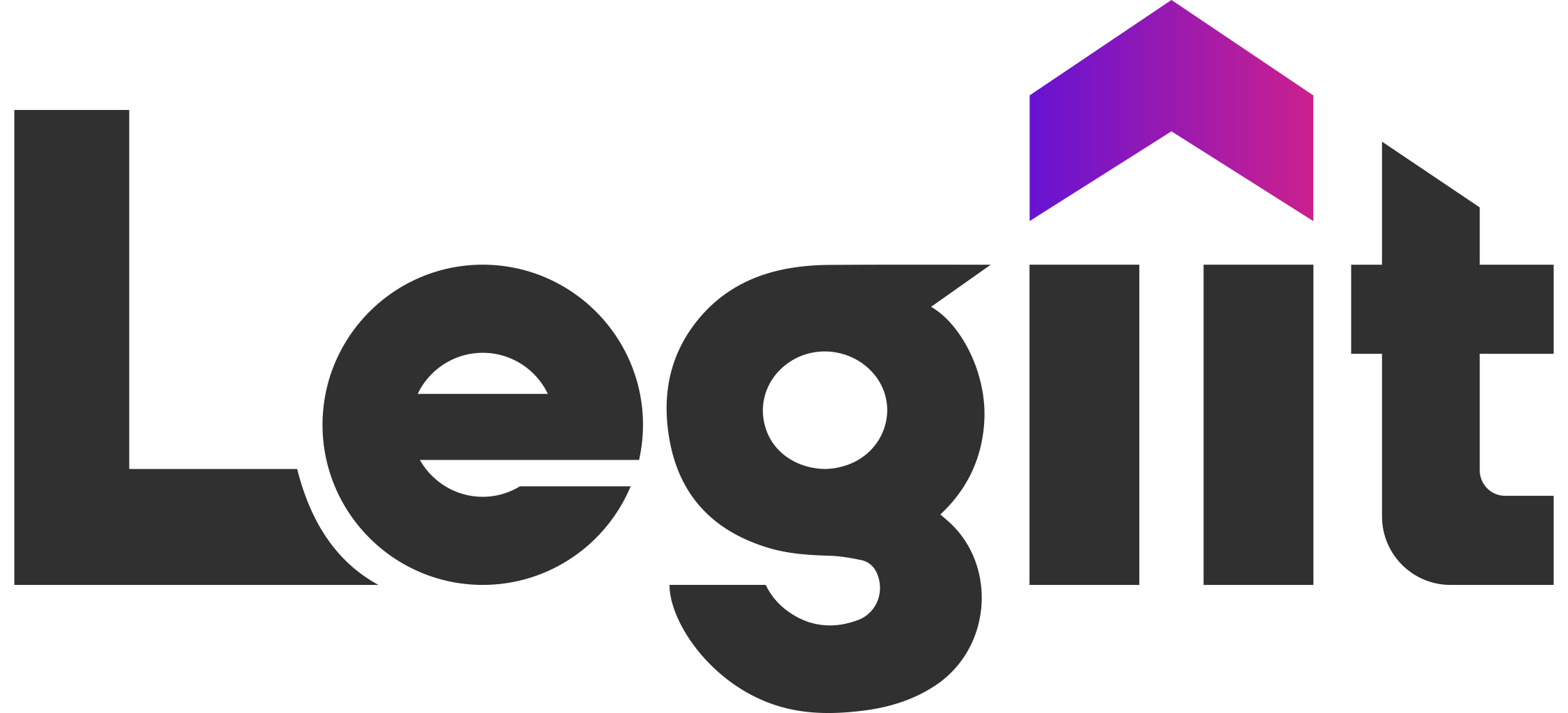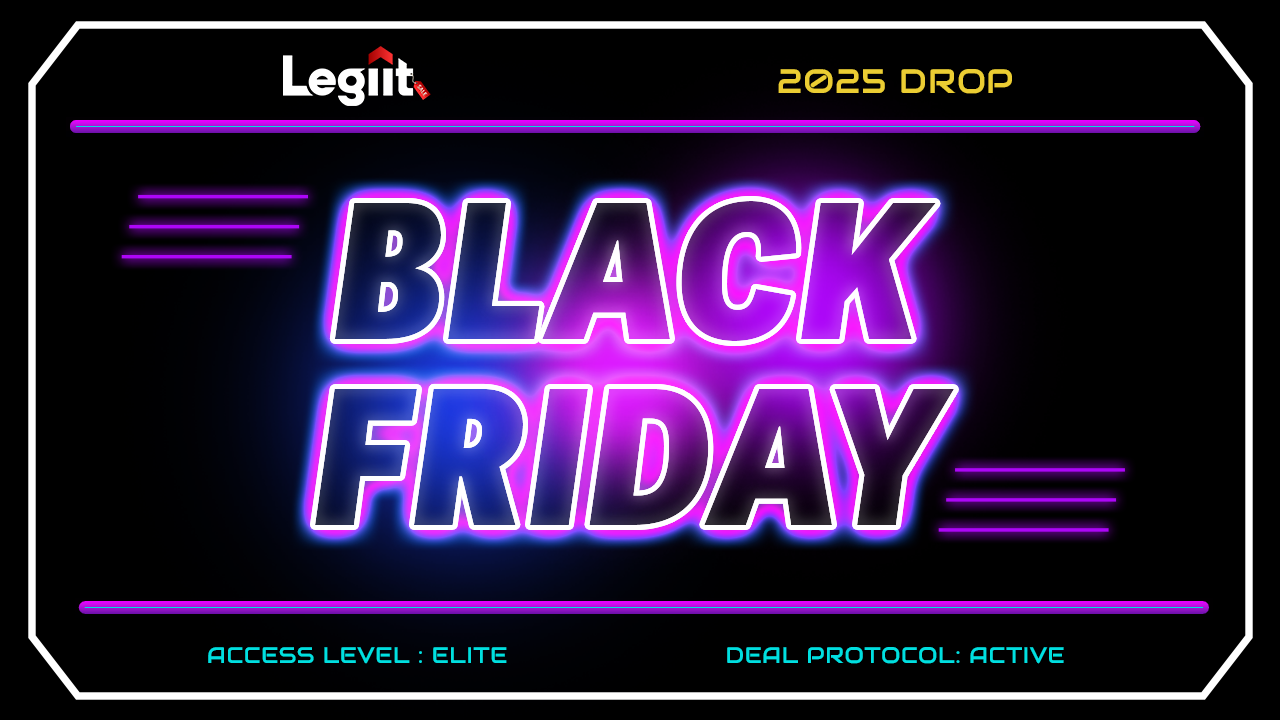Paying $50 for a guest post is usually a waste of money. Paying $1,000 for one can be the bargain of the year. The price tag means nothing if you don't understand the value of what you're buying.
This is not another confusing data dump. This is a simple, actionable guide to the 2025 guest post market. We'll give you the data and the framework to stop overpaying and start making smart investments that actually grow your rankings. When you’re ready to compare live offers side-by-side, browse vetted guest post services with transparent pricing and reviews
Guest Post Pricing: The Cheat Sheet
Let's get straight to the point. Based on our analysis of thousands of placements this year, the market breaks down like this:
| Tier Quality | Common Price Range | What You're Really Buying |
| Low-Quality | $50 - $200 | A link, and very little else. High risk |
| Mid-Quality | $250 - $600 | A link from a real site with real traffic. |
| High-Quality | $700 - $2,500+ | A link, brand authority, and reader traffic |
On This Page
- The Modern Link Building Mindset: Why Old Metrics Are Obsolete
- The 3 Tiers of the Guest Post Market: A Broker's Guide
- Case Studies from the Field: Breaking Down Real Guest Post Value
- The #1 Secret to Not Overpaying: Seller Price vs. Buyer Price
- A Masterclass in Vetting: How to Analyze a Guest Post Site Like a Pro
- The Art of Negotiation: 4 Tactics to Get a Fair Price
- Guest Post Pricing FAQ
The Modern Link Building Mindset: Why Old Metrics Are Obsolete
Before we talk about price, we need to talk about value. In 2025, the way we measure the value of a guest post has completely changed. Relying on old, outdated metrics is the fastest way to overpay for worthless links.
Here's what you need to understand to think like a modern link builder.
Myth-Busting: Why Domain Rating (DR) is a Flawed Compass
For years, everyone was obsessed with DR. Today, relying solely on it is a trap. Here's why:
- It's a Third-Party Metric: Let's be clear: Google does not use DR. It's a metric created by an SEO tool (Ahrefs) to estimate a site's authority. It is not a direct ranking factor.
- It's Easily Manipulated: A site's DR can be artificially inflated with thousands of low-quality or spammy links. A high DR score doesn't automatically mean a site is high-quality.
- It Lacks All Context: A DR 60 site about car repair has zero authority or relevance for your fitness brand. Without topical alignment, a high DR is just a vanity number.
The Metric That Actually Matters in 2025: Traffic Value
If you want a single metric to gauge a site's real authority, look at its Traffic Value.
- What is Traffic Value? It’s an SEO metric (popularized by Ahrefs) that estimates the monthly cost you would have to pay for a site's current organic traffic if you were buying it via PPC ads.
- Why It's a Better Signal: A high Traffic Value means the site ranks for valuable, commercial keywords that people pay a lot of money for. This is a much stronger indicator of real-world authority and trust with Google than DR alone.
- How to Use It: When vetting a site, look for a healthy Traffic Value. A site with 10,000 visitors and a Traffic Value of $20,000 is far more authoritative than a site with 10,000 visitors and a Traffic Value of $1,000. For ballpark pricing context across link types, skim this backlink cost guide
The HCU Factor: Is the Site Genuinely "Helpful"?
Google's "Helpful Content System" (HCU) is now a dominant force in the algorithm. It prioritizes content created for people, not just for search engines.
- What This Means for Guest Posts: A link from a site that is recognized by Google as a genuinely helpful resource is now exponentially more valuable. Links from generic, unhelpful "content farms" are being actively devalued.
- The Ultimate Litmus Test: Before buying a guest post, browse the target site and ask yourself one simple question: "If I found this site in Google, would I trust its advice?" If the answer is no, walk away. That's exactly how Google's algorithms are being trained to think.
The 3 Tiers of the Guest Post Market: A Broker's Guide
Think of the guest post marketplace like buying a car. You have cheap beaters, reliable daily drivers, and luxury sports cars. They'll all get you from A to B, but the quality of the ride and the impression you make is vastly different.
Tier 3: The "Digital Landfill" ($50 - $200)
These are the cheap beaters of the link-building world. They look tempting because of the price, but they often break down. They are sites with low or fake traffic numbers, a "Write for Us" page that approves anyone who pays, and exist only to sell links. For 99% of businesses, the ROI on these links is negative. You're not building an asset; you're buying a liability.
Tier 2: The "Workhorses" ($250 - $600)
This is the reliable daily driver. It's not flashy, but it gets the job done consistently and effectively. These are real businesses or established blogs with consistent, verifiable organic traffic (typically 2,000 - 20,000 visitors/month). Their content is focused on a specific niche, and they are selective about who they link to. This is the sweet spot for most SEO campaigns where true value is found.
Tier 1: The "Trophy Placements" ($700 - $2,500+)
This is a luxury sports car. It's expensive and hard to acquire, but it makes a massive statement. These are industry-leading publications and the most authoritative blogs in your niche (think Forbes, TechCrunch, etc.). They have huge traffic and massive brand recognition. These are as much for PR and brand authority as they are for SEO.
The #1 Secret to Not Overpaying: Seller Price vs. Buyer Price

Here’s an insider secret the marketplaces don't want you to know: the price you see advertised is almost never the price experienced buyers pay.
Sellers list a high "sticker price" hoping an inexperienced buyer will pay it without question. However, agencies and savvy buyers who provide consistent business often secure a much lower "buyer price" through relationships and negotiation often 30-50% lower than the listed price. This is why browsing a competitive marketplace with established sellers can often be cheaper than direct outreach.
Ready to Find Fair Market Value?
Navigating the guest post market to find high-quality sites at a fair price is a full-time job. On Legiit, you can browse services from vetted sellers, compare transparent pricing, and read real reviews to ensure you're making a smart investment. If you’re running a wider campaign, coordinate with complementary backlink services to balance guest posts with other link types.
A Masterclass in Vetting: How to Analyze a Guest Post Site Like a Pro
Knowing the right metrics to look for is half the battle. Now, you need a repeatable process to analyze them. The 5-point checklist is your foundation; this masterclass is the deep dive.
Here is exactly how to execute each step to spot the hidden red flags and identify true value.
1. Masterclass: Analyzing Traffic Trends
A site's traffic graph tells a story of its health and authority. Your job is to read that story. Go to a tool like Ahrefs or Semrush and look at the organic traffic graph for the last 1-2 years.
What to Look For (Green Flags):
- A steady, upward trend or stable plateau, showing consistent authority.
- Predictable seasonal peaks and valleys (e.g., a fitness site peaking in January).
- Small, temporary dips that recover quickly after major Google updates.
What to Avoid (Red Flags):
- A massive, unnatural spike followed by a catastrophic crash (this often indicates a penalized PBN or a site hit for spam tactics).
- A steady, relentless decline over the past 6-12 months (the site is bleeding authority and relevance).
- A flat-line graph with almost no traffic (this is a "zombie" site with metrics but no real audience).
2. Masterclass: Forensic Analysis of Outbound Links
A high-quality site is protective of its reputation. A low-quality link farm will sell a link to anyone. You can tell the difference by looking at who they link out to.
- Your Toolkit: Use Ahrefs' "Linked Domains" report or a similar tool to see where the site is sending its authority.
- The "Bad Neighborhood" Red Flags: Be extremely wary if you see a significant number of outbound links to the following niches:
- Casino / Gambling
- Payday Loans
- Adult Content
- Illicit Pharmaceuticals
- Essay Writing Services
- The Pro-Tip: Look at the anchor text of their recent outbound links. If they are stuffed with aggressive, commercial keywords, it’s a clear sign the site sells links indiscriminately and has no editorial standards.
3. Masterclass: Judging Content Quality in 60 Seconds
You don't need to read every article to judge a site's quality. You can spot the signals of genuinely "helpful content" in about a minute.
The 60-Second Quality Checklist:
- Author Bios: Does the content have real, named authors with credentials and social links, or is it published by "Admin"? Real experts are proud to put their names on their work.
- Visuals & Formatting: Is the content broken up with unique images, screenshots, and graphs? Is it easy to read with short paragraphs and clear subheadings? Or is it a wall of text?
- Unique Insight: Does the content offer a unique perspective, or does it just rehash the top 10 search results? Look for signs of first-hand experience and genuine expertise.
4. Masterclass: The "About Us" Page Test
Real businesses are not afraid to show who they are. Link farms hide in the shadows. The "About Us" page is often the most revealing page on a website.
What a Legitimate "About Us" Page Has:
- A clear company mission and history.
- Photos and names of the leadership team or key personnel.
- A physical address or clear location of operation.
- Links to active, professional social media profiles.
What a Link Farm's "About Us" Page Has:
- Vague, generic corporate-speak about "providing value."
- No names, no faces, no specific information.
- No physical address or contact details.
5. Masterclass: Deconstructing the "Write for Us" Page
The "Write for Us" page is the front door to the site's editorial standards. It tells you everything you need to know about how they value content.
The Green Flag Page (A Real Publication):
- Has strict, detailed editorial guidelines on tone, style, and topics.
- Asks for author credentials and examples of past work.
- Mentions an editorial review process.
- Does NOT mention prices or payment for a link.
The Red Flag Page (A Link Farm Giveaway):
- Has a public price list for guest posts based on word count or DR.
- Includes a "Buy Now" button or a direct PayPal link.
- Has very loose guidelines and accepts almost any topic.
[Image showing a side-by-side comparison of a good "Write for Us" page vs. a bad "Write for Us" page]
The Art of Negotiation: 4 Tactics to Get a Fair Price on Guest Posts
The price you see listed is almost never the final price.
In the guest post marketplace, savvy buyers don't just accept the first offer, they negotiate. Most sellers expect it. Here are four professional tactics you can use to secure a better deal and maximize your ROI.
1. The Power of the Bulk Order
Sellers value consistent, reliable business more than a one-off sale. Use this to your advantage.
- The Tactic: Instead of asking for the price of a single post, inquire about a discounted rate for a package of 3, 5, or 10 posts to be delivered over several months.
- The Result: Most sellers will happily offer a significant discount (often 15-30%) in exchange for guaranteed future income. This reduces their administrative and sales overhead, and you get a much better price per link.
2. The "Content is King" Barter
For legitimate blogs, high-quality content is an extremely valuable asset in itself. Many editors are overworked and desperate for great articles.
- The Tactic: If you have strong writing skills (or can hire a top-tier writer on Legiit), offer to provide an exceptionally well-researched, long-form article (e.g., 2,000+ words with custom graphics) in exchange for a waived or heavily reduced placement fee.
- The Result: You trade your expertise for a lower cash price. This is most effective with "Tier 2" and "Tier 1" sites that care deeply about their content quality.
3. The "Added Value" Offer
Sometimes, the best way to lower the price is to sweeten the deal for the site owner in ways that don't cost you much.
- The Tactic: During the negotiation, offer to provide extra value beyond the simple payment.
- Examples to Offer:
- "We will also promote the post to our 50,000 social media followers."
- "We'll be happy to feature the article in our next email newsletter to our subscribers."
- "We can also link back to another one of your relevant articles from a future blog post on our site."
- The Result: You reframe the deal from a simple transaction to a mutually beneficial partnership, which can make sellers much more flexible on price.
4. The Marketplace Advantage: Leveraging Transparency
The ultimate negotiating power is the ability to walk away. Using a competitive marketplace gives you that power.
- The Tactic: Don't negotiate in a vacuum. Use a platform like Legiit with price and review transparency to benchmark offers and start with a broader SEO category overview.
- The Result: You get an immediate, data-backed understanding of the fair market rate. You can confidently pass on overpriced sellers because you know there are other, more reasonably priced options just a click away. This transparency is your best tool for ensuring you never overpay.
Guest Post Pricing FAQ
Does Domain Rating (DR) still matter?
It's a useful first filter, but it's easily manipulated. A site's monthly organic traffic, topical relevance, and traffic trend are far more important indicators of its true value.
Does the price include content writing?
It varies. Some sellers will write the content for you (often for an extra fee), while others expect you to provide a finished article. Always clarify this before making a deal.
Is it better to buy one $600 link or ten $60 links?
One hundred percent of the time, it is better to buy the single $600 link. Quality over quantity is the fundamental rule of modern link building.
Stop Buying a Price Tag, Start Investing in Value
The price of a guest post is just a number. The value of the placement, its relevance, traffic, and authority is what actually impacts your rankings. By understanding the three tiers of the market and using the due diligence checklist, you can stop gambling and start making intelligent investments.
Navigating this marketplace to find the high-ROI "Workhorses" at fair prices is tough. That's why hundreds of vetted freelancers on Legiit offer their expertise, helping you find and secure guest posts that will actually grow your business. Stop gambling and start investing with confidence.















 Download
Download